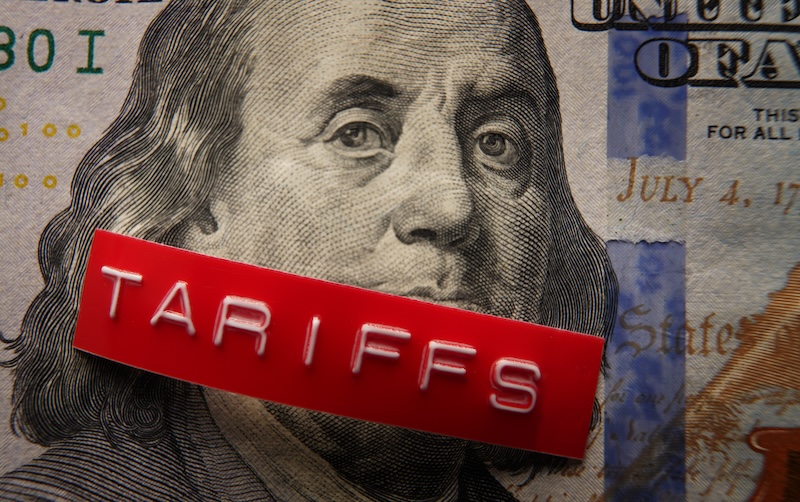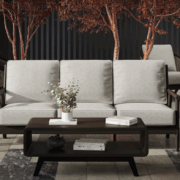Over the past week, the tariff situation in the United States has shifted pretty dramatically. First, the United States Court of International Trade ruled that Trump overstepped his authority by citing the International Emergency Economic Powers Act on April 2 to impose reciprocal tariffs on imports from most countries.
But just as everyone relying on those goods from China and elsewhere breathed a sigh of relief, a federal appeals court ruled the very next day that Trump could continue to impose tariffs as his administration appeals the U.S. Court of International Trade’s ruling.
And on May 30 during a visit to a Pennsylvania steel facility, Trump announced he would double tariffs on foreign steel and aluminum to 50%, with those duties going into effect on June 4. The two metals previously faced 25% duties since mid-March, with the exemption of steel and aluminum from the U.K., which will remain at the previous rate per a Tuesday announcement from Trump.
While import tariffs have garnered plenty of concern in the casual industry, this additional duty on aluminum — a material widely used in everything from umbrellas to frames for outdoor furniture — has added a new layer to this already complex situation.
“We are concerned, as I am sure most of our industry is,” said Rory Rehmert, president, Castelle. “Price points are rising across the board, and while the upper end is somewhat insulated, the concern is how much can the consumer tolerate.”
Castelle specializes in high-end aluminum furniture, sourcing the material from Costa Rica — where its manufacturing is based — and the U.S.
Mike Friedrichsen, vice president of sales at shade company Pasticallo, said tariffs have been a reality for the company for a while, since they manufacture their smart umbrella product in China. But he said that the construction of their product and the technology inside it may allow them to avoid some of the additional tariffs.
“We always work closely with customs brokers to analyze the tariff codes and determine the specific impact on our product, if any,” he said.
According to the U.S. Department of Commerce, roughly half of the aluminum used in the U.S. is imported, primarily from Canada, accounting for 3.2 million tons last year. And according to the U.S. Geological Survey, the American aluminum smelting industry is quite small, with capacity only 1.73% of the global total.
Domestic manufacturer O.W. Lee sources its aluminum in the U.S., but Vice President of Marketing Leisa McCollister said having yet another tariff announcement in such a short time span just adds to the growing sense of confusion and uncertainty.
“Although this increase is not as significant to us as other suppliers since we are USA-made, all of the disruption caused by this ever-evolving trade war is hard to manage,” she said.
Friedrichsen agreed, saying that the multiple shifts in tariff policy in a span of just a couple of months has proved nearly as troublesome as the monetary cost of the duties.
“The part currently concerning most folks in our industry (myself included) is the recent uncertainty, the rapid (at times extreme) change and the minimum (sometimes nonexistent) amount of reaction time that we have when these changes take place,” he said.
Friedrichsen said that customers have been understanding of price fluctuations over the past two months, but he’s not certain how long they will remain flexible.
“Some have admitted that the ‘cool’ factor of our product makes it a little easier for them to accept a reasonable increase. For the moment, we’ve got newness and uniqueness working for our benefit,” he said. “As with anything, only time will tell how long that will last.”
As they navigate the changes, maintaining an open line of communication with customers has been the strategy for many brands during the tumult of tariffs.
“We have been closely monitoring the tariffs, as we do with any situations which might impact our and our partners’ business,” said Ben Collins, president, Brown Jordan. “We are confident we can keep the conversation open with our clients should any concerns arise. As with any macroeconomic change, there will be an impact on the furniture industry (not just the casual segment), but only time will tell to what extent.”
Rehmert said the current conditions will continue to impact not only manufacturers, but retail, too, which has been soft this spring. And should the tariffs remain in effect long-term, the impact could persist for years to come.
“The past two seasons have shown a reduction in foot traffic in the retail stores,” Rehmert said. “High-end products have helped retailers from a revenue perspective. Middle-of-the-road price points are slow, and the low end is basically gone. The shift that occurred in price points during Covid started this downturn, and the tariffs will only make it more severe.”








